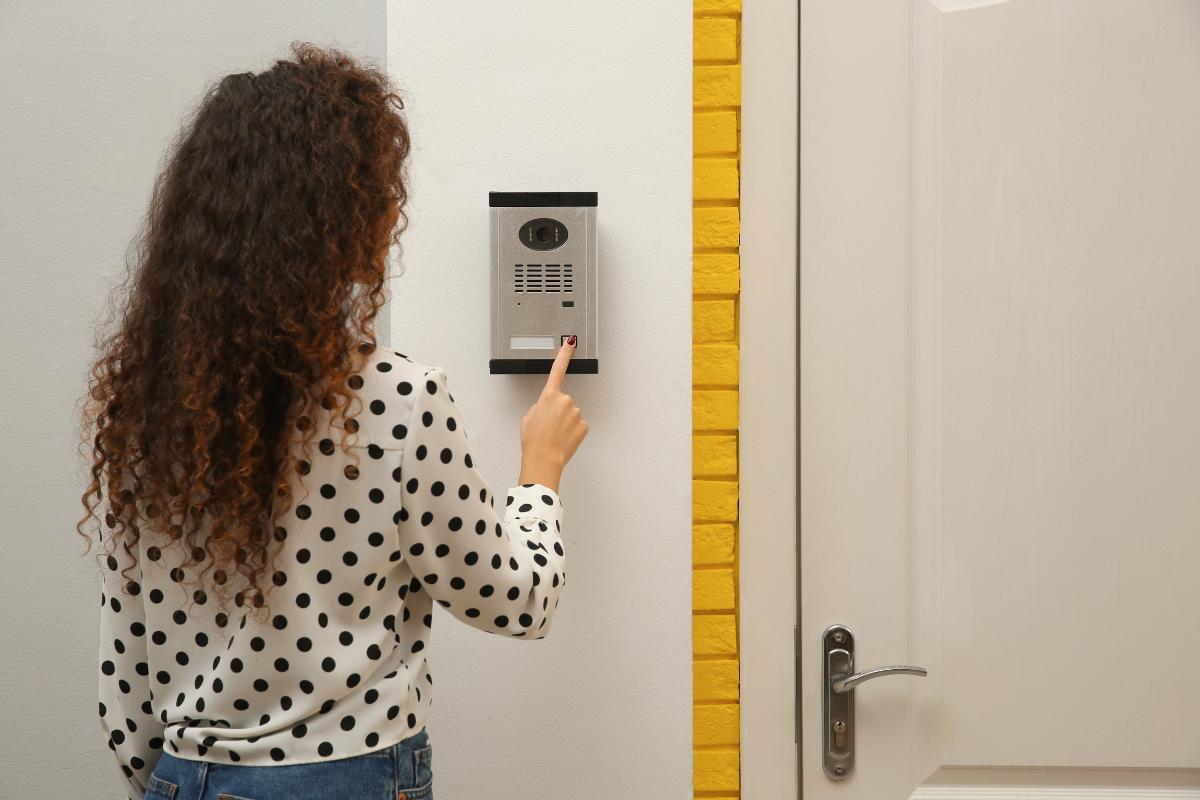Intercom systems, once synonymous with simple communication solutions, have undergone a transformative journey in the digital age. From basic audio-only setups to sophisticated digital communication networks, intercoms have evolved to meet the demands of modern living and working environments. This exploration delves into the multifaceted evolution of intercom systems, navigating through the technological advancements that have shaped their capabilities, applications, and significance in contemporary society.
I. The Genesis of Intercom Systems
The inception of intercom systems dates back to the early 20th century when they primarily served as point-to-point communication devices within homes and businesses. Basic audio intercoms facilitated convenient communication between different rooms or sections of a building, streamlining everyday tasks. As technology advanced, intercoms expanded their utility to include entry systems, allowing secure communication with visitors before granting access.
II. The Rise of Video Intercoms
The evolution of intercoms took a significant leap with the introduction of video capabilities. Video intercom systems added a visual dimension to communication, enhancing security and convenience. Users could now see and interact with visitors or colleagues before deciding to open a door or gate. This development found applications in residential complexes, offices, and secure facilities, providing an additional layer of identity verification.
III. Integration with Access Control Systems
In the digital age, intercom systems seamlessly integrated with access control systems, becoming integral components of comprehensive security solutions. Access control integration allowed users not only to communicate with visitors but also to remotely grant or deny access, monitor entry points, and maintain a log of activities. This convergence of intercoms with access control marked a pivotal shift from standalone communication devices to essential components of holistic security ecosystems.
IV. Wireless Connectivity and Mobility
Advancements in wireless technology further transformed intercom systems, liberating them from the constraints of physical wiring. Wireless intercoms offered increased flexibility, allowing easy installation and scalability. This innovation particularly benefited residential properties and businesses seeking cost-effective solutions without the need for extensive infrastructure changes. Additionally, the introduction of mobile intercom apps empowered users to communicate seamlessly from their smartphones, adding a new dimension of mobility to intercom systems.
V. Smart Intercoms and Home Automation
The advent of smart technology brought forth a new era for intercom systems. Smart intercoms, integrated with home automation systems, allowed users to manage not only communication but also various connected devices. Video doorbells with intercom capabilities became popular, enabling homeowners to see, hear, and speak to visitors remotely. Integration with voice assistants, such as Amazon Alexa or Google Assistant, elevated the user experience, enabling hands-free control of intercom functions.
VI. Cloud-Based Intercom Solutions
Cloud technology revolutionized the landscape of intercom systems, introducing cloud-based solutions that transcended traditional limitations. Cloud-based intercoms offered remote access, real-time monitoring, and seamless scalability. This model reduced reliance on local servers and provided enhanced reliability and accessibility. Businesses and residential complexes embraced cloud-based intercoms for their ability to adapt to evolving needs and provide centralized management.
VII. Advanced Audio Processing and Noise Reduction
Enhancements in audio processing technologies played a crucial role in refining intercom performance. Noise reduction algorithms and echo cancellation capabilities improved communication clarity, even in noisy environments. This technological leap addressed one of the longstanding challenges of intercom systems, making them more effective in various settings, from bustling office spaces to outdoor entry points.
VIII. Facial Recognition and Biometric Integration
The integration of facial recognition and biometrics into intercom systems added an unparalleled layer of security and convenience. Facial recognition capabilities allowed for quick and accurate identity verification, reducing the reliance on traditional access methods like key cards or PINs. This became particularly relevant in high-security environments and residential complexes where precise access control is paramount.
IX. Intercoms in the Pandemic Era
The global pandemic reshaped the role of intercom systems, emphasizing their significance in health and safety protocols. Touchless intercom solutions gained prominence, minimizing physical contact and the potential transmission of pathogens. Video intercoms equipped with temperature screening and health questionnaires became essential tools for screening visitors and ensuring a safer environment in offices, residential buildings, and public spaces.
X. Integration with AI and Machine Learning
The marriage of intercom systems with artificial intelligence (AI) and machine learning algorithms ushered in a new era of predictive and adaptive capabilities. Smart intercoms equipped with AI could learn patterns of usage, identify anomalies, and adapt communication preferences based on user behavior. This not only enhanced security measures but also personalized the user experience, making intercom systems more intuitive and user-friendly.
XI. Cybersecurity Challenges and Solutions
As intercom systems became more interconnected and technologically sophisticated, cybersecurity concerns emerged. The risk of unauthorized access, data breaches, and system vulnerabilities necessitated robust cybersecurity measures. Encryption protocols, regular software updates, and adherence to industry security standards became critical elements in mitigating potential threats and ensuring the integrity of intercom systems.
XII. Future Trends and Innovations
The evolution of intercom systems shows no signs of slowing down. Future trends and innovations are expected to include advanced AI applications, 5G connectivity for faster and more reliable communication, enhanced energy efficiency, and further integration with smart home and building automation. The convergence of technologies like augmented reality (AR) and virtual reality (VR) may redefine how we perceive and interact with intercom systems.
XIII. Conclusion: Navigating the Future Soundscape
In conclusion, the evolution of the home intercom system in the digital age reflects a journey from simple point-to-point communication to sophisticated, multifunctional solutions. The integration of video, access control, smart technology, and cloud-based architecture has transformed intercoms into integral components of modern living and security ecosystems.
As we navigate the future soundscape of intercom systems, it's essential to balance innovation with security, usability, and adaptability. The continued evolution of intercoms promises not only enhanced communication but also a seamless integration with the evolving technological landscape. Whether in residential, commercial, or public settings, intercom systems will continue to play a vital role in shaping how we connect, secure, and streamline our daily lives.





Comments